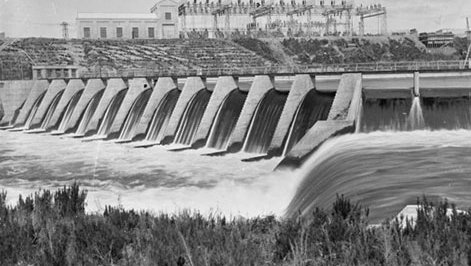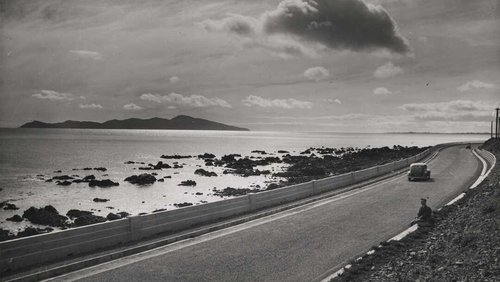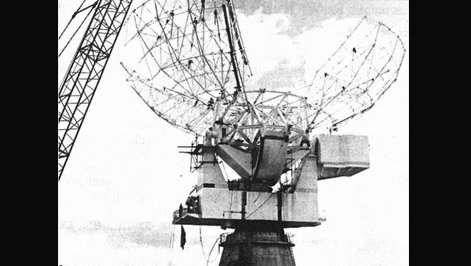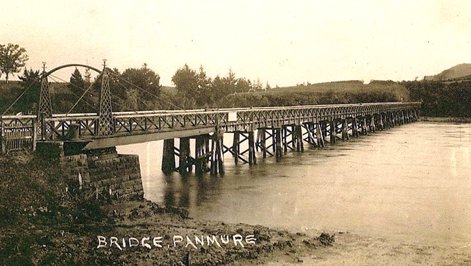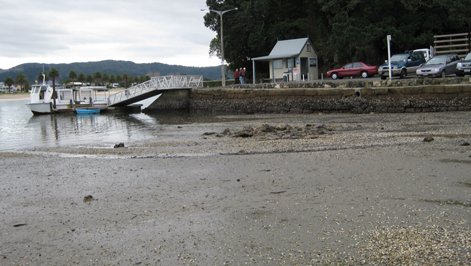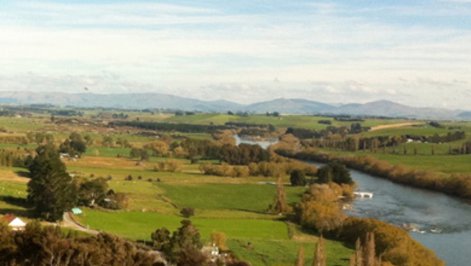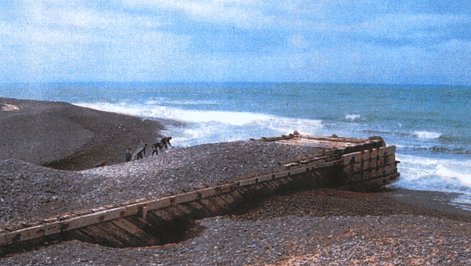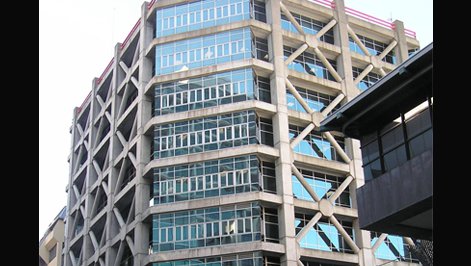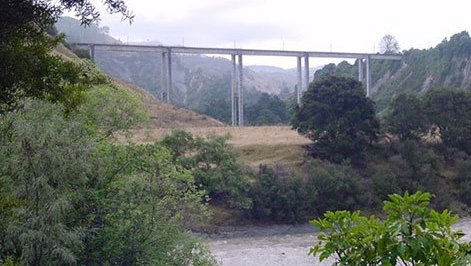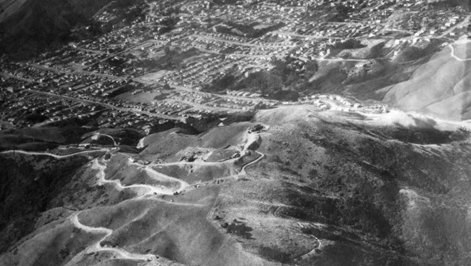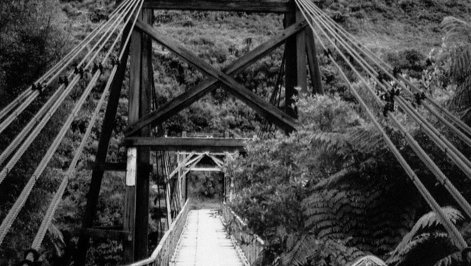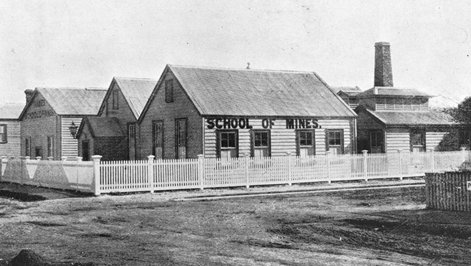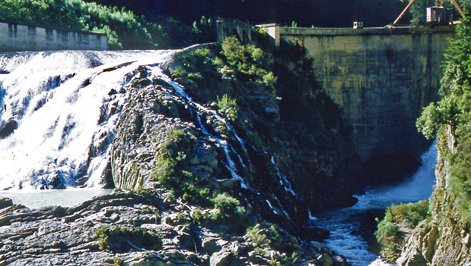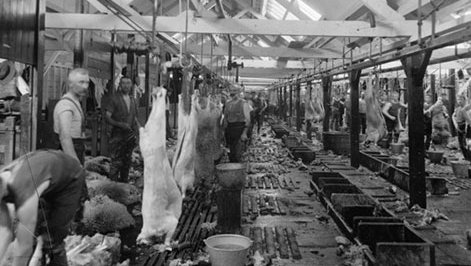- Programmes
- Building Resilience in Design Guidance for Engineering (BRiDGE)
- Early career and graduate programme
- Engineering Climate Action
- Engineering and AI
- Engineering heritage
- Foundation
- Government Advocacy
- Te Ao Māori strategy
- Member Connect
- Lessons to be learnt
- Mentor Me
- Professional Development Partners
- Sector Programmes
- Student ambassadors
- The Diversity Agenda
- The Wonder Project
© 2026 Engineering New Zealand | Terms & Conditions

